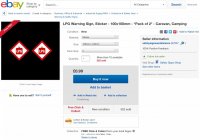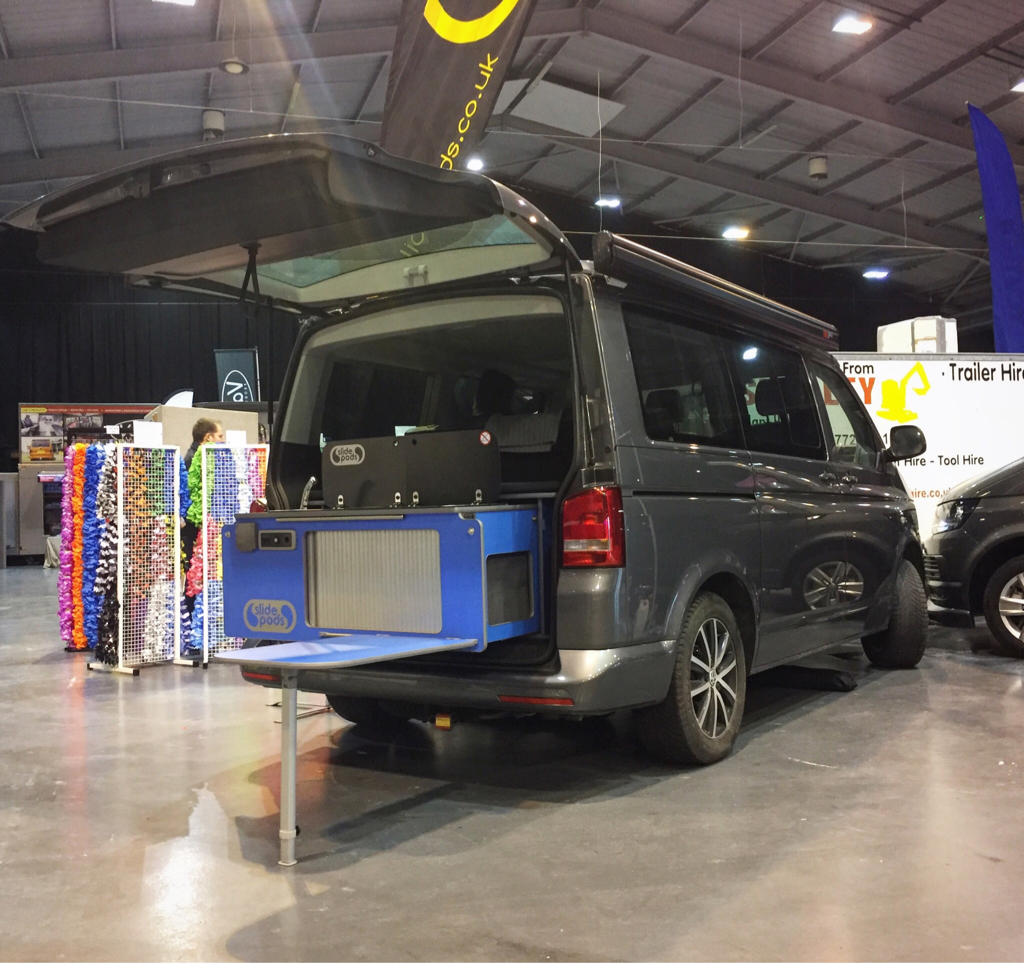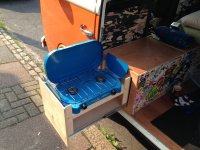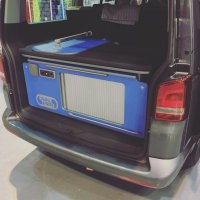So some people comment on carrying a 907 in a purpose built gas container, unplugging it to travel etc: Etc:and even unplugging when away from the van and here you are loading up a vehicle with 20 odd gas cartridges tucked here and there in all those little spaces not designed to
Oh get real and don't be so daft WG, what a silly post.

Actually I share WG's concerns. Certainly not a silly post. Far from it.
Before I explain, lets just be clear about what we are dealing with here. My apologies to anyone that already knows this but for those that don't it is worth knowing that LPG (Liquified Petroleum Gas) is heavier than air and will, if it escapes, form gas which will gather at the lowest point where it will either dissipate or possibly create an almost instantaneous intense violent fire if it comes in contact with a suitable ignition source. If involved in fire the contents of just one of these thin walled LPG cartridges will create a fireball bigger than your Cali. So whilst being an excellent fuel for various camping related applications it does deserve considerable respect.
My concerns are:
1. Why Is it necessary to take 20 canisters of gas in a Cali?
2. Whilst I am sure that most people are careful how they store these thin walled cylinders, it's not impossible that unsympathetic storage in a moving vibrating motor vehicle could over time result in mechanical damage leading to a leak.
I remember in the past accidentally dropping a similar cylinder from waist height causing a dent and a pin prick leak! Whilst most people should be able to smell the stenching agent in the leaking gas, there are some whose sense of smell isn't as good as it used to be. So it is just possible for dangerous situations to develop without the occupants knowledge.
3. Leaving aside the occupants, in a serious road traffic collision the contents of your Cali along with any dislodged fixtures and fittings will move violently. Add to this any deformation of the vehicle's structure caused by the impact and you can see that storing these thin walled gas cylinders needs very careful consideration indeed. In order to minimise the risk, if I used these cylinders I wouldn't store any in the rear boot area or anywhere close to the sides of the vehicle. The last thing you need in the seconds after a serious crash is leaking LPG in an environment where there will be multiple potential ignition sources.
If I used these cylinders I would only take the minimum number that I actually needed. I certainly wouldn't entertain taking twenty. Personally I would store them individually in bubble wrap so that there is no free movement, under the centre of the rear seat.
We carry a Campingaz 907 cylinder in our Beach which is packed tightly into a really usefull box as far forward as it's possible for it to be, centrally behind the rear bench seat. At least these 907 cylinders are very strong and robustly built so should withstand a bit more punishment. You certainly wouldn't want to carry anything this heavy and unrestrained in your boot. It would be like a missile in an accident.
A further thought. When tackling an incident involving a campervan the emergency services would expect to find LPG cylinders present. However as a Cali Beach might appear to be more akin to a minibus they will not necessarily be expecting it to be carrying highly flammable gas. I would suggest that to protect them from the possible consequences we should all display a suitable warning badge.





 But I must Disagree that carrying 20 Gas Cartridges is safer than a refillable gas Cylinder that is designed and built to withstand significant forces from all directions and carried in a specially designed gas holder. There are Regulations regarding carrying LPG in a Campervan, and the Beach is classed as a Campervan.
But I must Disagree that carrying 20 Gas Cartridges is safer than a refillable gas Cylinder that is designed and built to withstand significant forces from all directions and carried in a specially designed gas holder. There are Regulations regarding carrying LPG in a Campervan, and the Beach is classed as a Campervan. 















